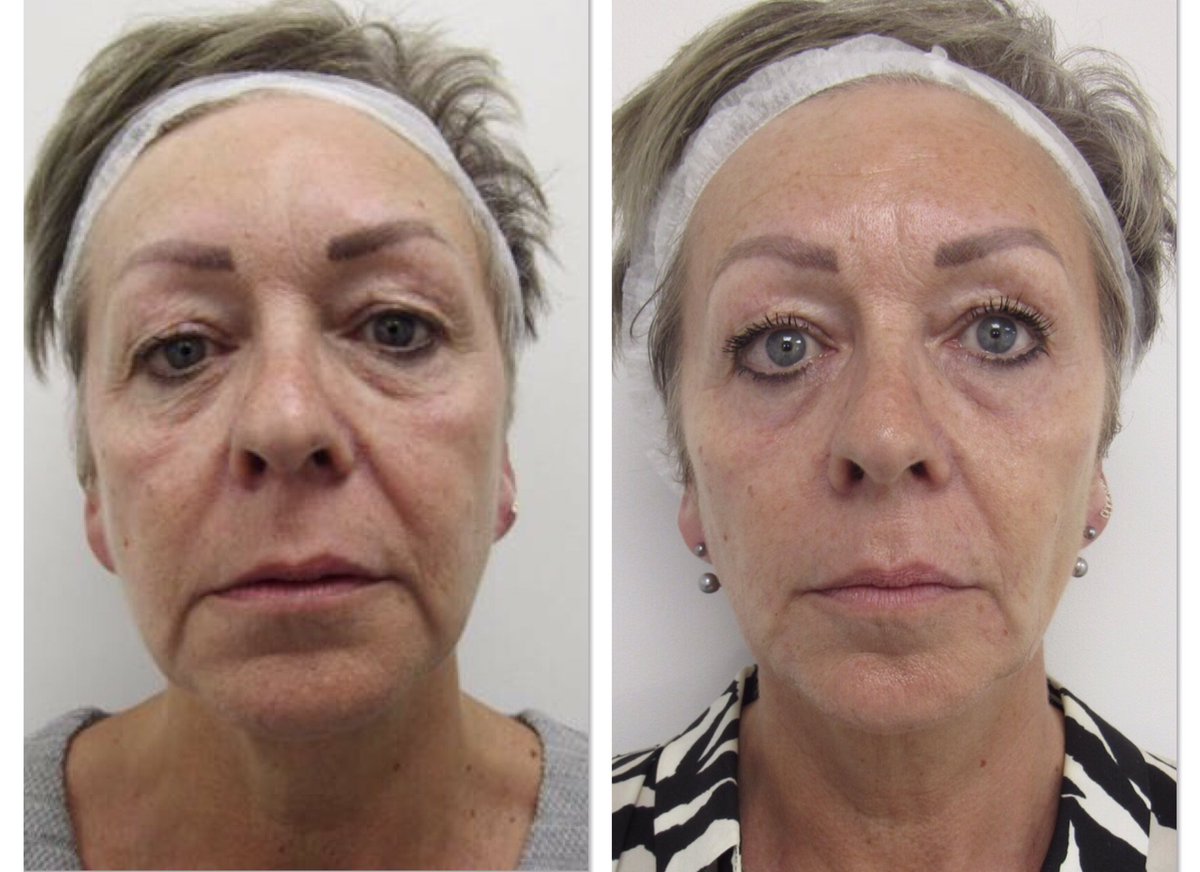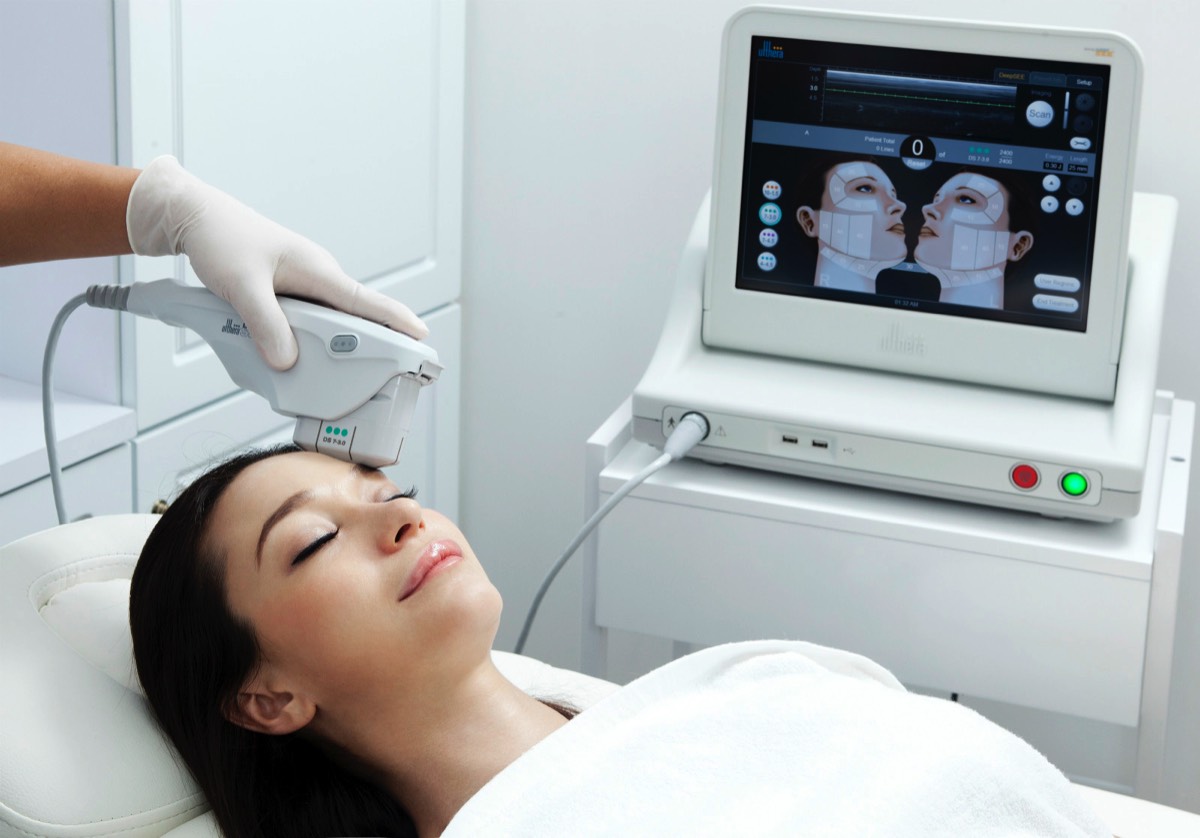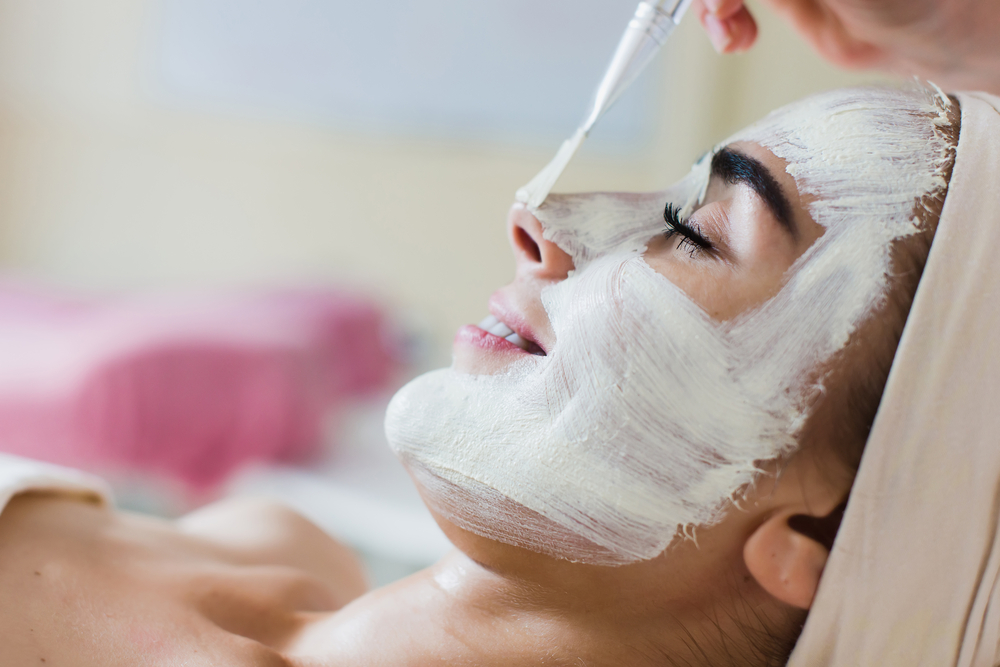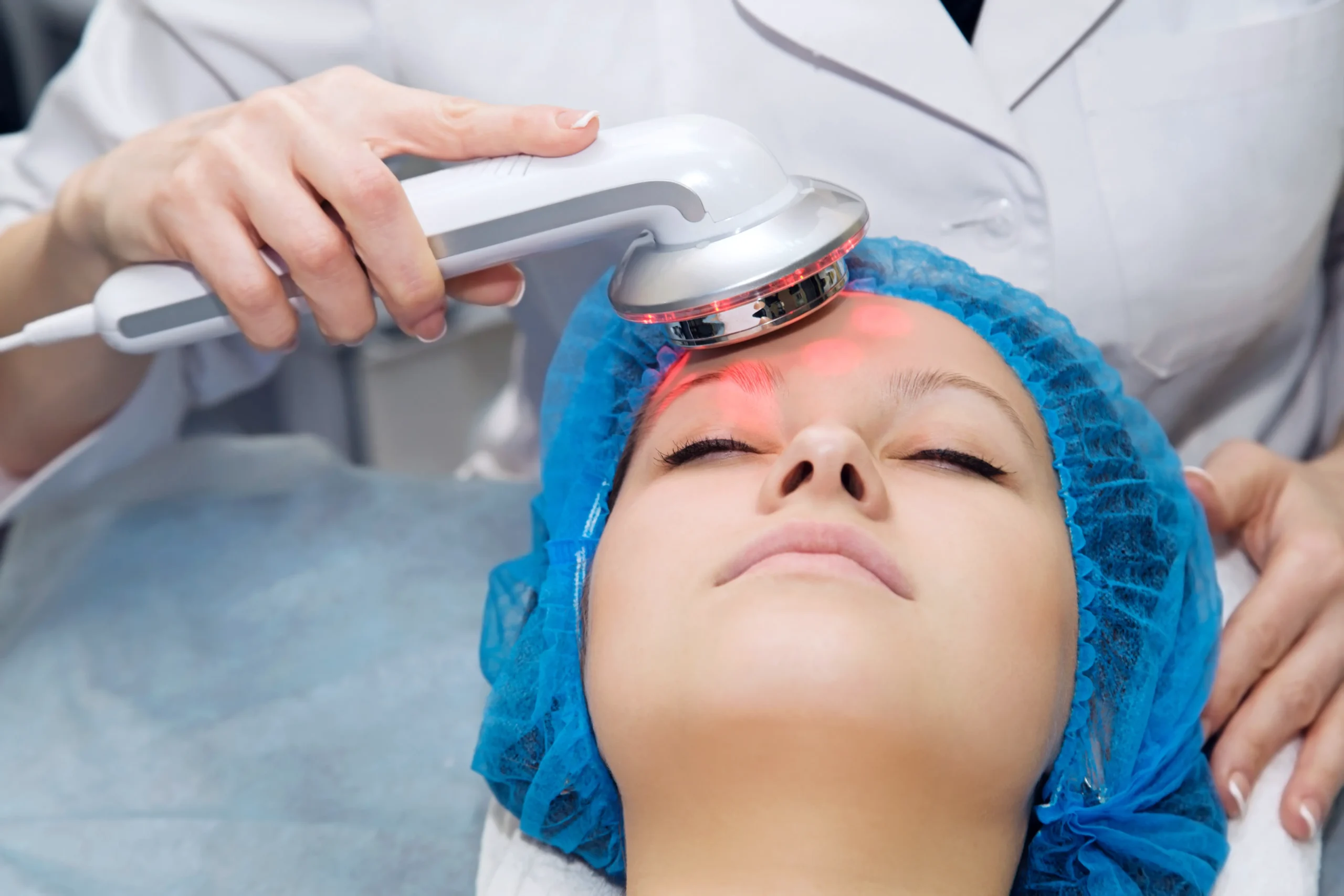- The thread lift is a minimally invasive procedure that uses threads to lift the face.
- Modern threads are absorbable by the body and they promote collagen formation.
- Results are not as dramatic as what can be achieved with a surgical facelift.
What is the thread lift?
A thread lift is a minimally invasive office procedure in which suture threads like the one used in surgery are inserted under the skin of the face in order to rejuvenate the facial tissues, eliminate sagging, and overall achieve a “younger” look.
It is thought of as a less invasive approach than surgery, but more invasive than injectable fillers. Since it can be done in as little as 30 minutes, it has been referred to as the “lunchtime facelift”.
The thread facelift is supposed to help with sagging in the brow area, under the eye, midface, jowl, nasolabial fold (between the nose and the lips), and even the neck and decolletage.
Pros and cons
Pros:
- Fast
- Short recovery time
- Immediate results
- General anesthesia not required
- Cheaper than surgical facelift
Cons:
- Only moderate improvement can be achieved
- Poor long-term results
- Requires repeated treatments to maintain results
- Not everyone is a good candidate
The procedure
This is not major surgery–it is most commonly performed at a physician’s office under local anesthesia. Depending on the kind of threads being used and what you wish to achieve, the details of the procedure may vary slightly, but they generally follow along these lines:
- Based on what you wish to achieve with the procedure, the physician will use a pencil or marker to outline the projected location of the threads on your face.
- The skin is disinfected and an injectable local anesthetic is then applied to numb the area. You may need multiple injections.
- A long-needle syringe or cannula holding the thread is introduced into the skin at the entry point.
- The thread is guided under the skin along the predetermined lines to reach the end point, then the syringe or cannula is removed.
- The previous two steps are repeated for each thread.
“The suture is a one-way suture, meaning that it can be passed smoothly through the skin and deep tissues, but cannot be pulled back out the opposite way,” says Salt Lake City, UT plastic surgeon Dr. Daniel Ward. “When pulled the opposite way, the sutures or threads catch on the skin or deep tissue and lift it up,” he adds.
In addition to the lifting effect caused by the attachment of the threads, some types of thread can stimulate a reaction that increases collagen production in the soft tissue under the skin.
In the hands of an experienced physician, the whole procedure, including prep time, can be completed in under 30 minutes. You will be allowed to go home immediately after you’re done.
Thread lift before and after picture
Types of thread
Many types of threads have been used in thread lifts. They can be classified according to whether or not they are absorbable and whether they are barbed or smooth.
Absorbability
- Absorbable threads include Polydioxanone thread (PDO) and Silhouette Soft thread (Poly-L-lactic acid).
- Nonabsorbable threads include APTOS thread, Contour thread, and Polypropylene thread.
Texture of the thread
- Barbed threads allow for better anchorage to structures in the skin and thus achieve better lift.
- Smooth or braided threads are better for filling lines and allow for easier post-operative correction.
“The original threads were made of polypropylene suture which is a permanent, non-absorbable suture. These are not as popular anymore due to the fact that they are never absorbed and can sometimes extrude or break over time,” says Dr. David Schlessinger, an Ophthalmic Plastic Surgeon based in Woodbury, New York.
Most current threads are made of absorbable materials, like the Nova thread which is made of PDO. “This is an absorbable suture that dissolves over many months, however, it does permanently build collagen around them,” adds Dr. Schlessinger.
Poly-L-lactic acid threads, like the Silhouette Soft threads, have similar characteristics to PDO threads.
What is the recovery?
According to Dr. Ward, recovery is often uneventful, with most people experiencing some bruising and swelling that may last up to a week.
To assist with your recovery, your physician may recommend the following in the days and weeks following the procedure:
- Analgesics may be prescribed to help with the pain.
- Prophylactic antibiotics may be prescribed in case there is a risk of infection.
- Apply ice packs to the area.
- Avoid wearing makeup for 24 hours.
- Avoid strenuous physical activity.
- Sleep face-up in an elevated position.
- Avoid overexposure to direct sunlight.
What are the possible complications and side effects?
As with most medical procedures, there are certain risks and side effects associated with a thread lift. These may include:
- Pain or discomfort during and after the procedure
- Facial asymmetry
- Risk of infection
- Bruising and swelling
- The threads being felt under the skin
- Thread migration
- Thread breakage
Another possibly controversial issue is that thread lifts are commonly offered by non-cosmetic doctors who may lack the qualifications and skills necessary to perform this type of procedure.
What results should I expect?
The thread lift procedure can achieve a moderate degree of improvement that is often immediately visible. However, the results are not permanent; “the results typically last 12-18 months with some lasting longer as there is some permanent collagen building along the course of the thread,” says Dr. Schlessinger.
According to Dr. Ward, the longevity of the results is where many experts criticize this procedure, adding that in some cases, results may only last a few weeks.
Combining the thread lift with other minimally-invasive treatment modalities can improve the outcome. “It can be used in combination with dermal fillers, injectable agents (like botox) and other skin treatments such as chemical or laser peels to further enhance the result,” says Dr. Schlessinger.
Who is a good candidate?
An ideal candidate is someone who is relatively thin and has a mild to moderate drooping and sagging. Someone with excess skin or fat in the neck area would not be the best candidate for this procedure.
It is important to have realistic expectations as regards to the degree of improvement that can be achieved with a thread lift. If you are not an ideal candidate or you would like to see a bigger improvement, you may benefit more from other treatment options like a traditional facelift.
What is the cost?
According to Dr. Schlessinger, the cost depends upon how many areas of the face are treated and how many threads are used. A full facelift could include threads in the forehead, cheeks, jowls, and neck while a mini-lift may only include a few threads in the cheeks.
The type of thread, how experienced your surgeon is, and even your location also play a factor in the final cost. The cost generally ranges from $1,500 to $4,500.
The bottom line
The thread lift is a valid medical procedure that can quickly achieve a moderate degree of facelifting. Since not everyone is an ideal candidate for it, discussion with your physician is important to determine whether the thread lift is right for you.
The results are often subtle and nonpermanent, so it is important to manage your expectations before deciding to get this procedure.










